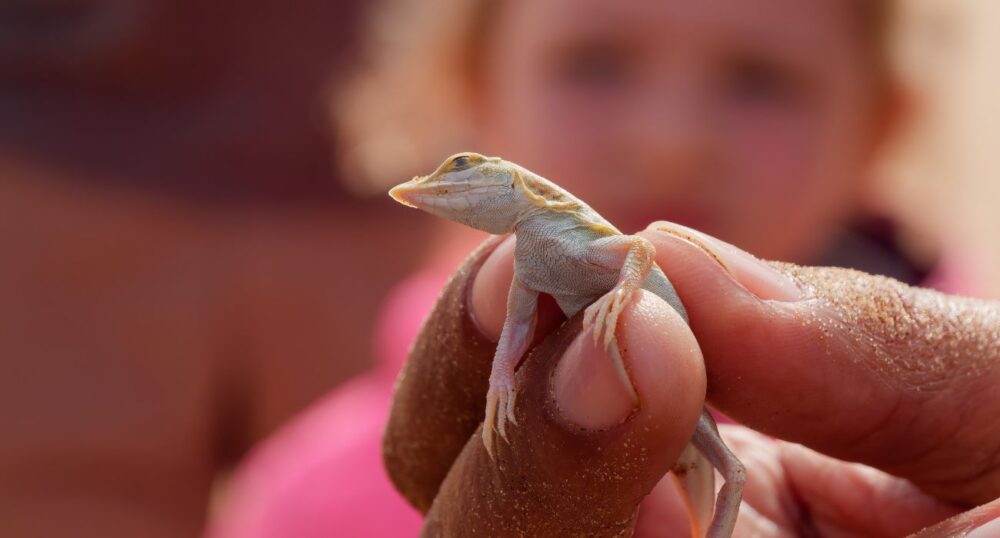The U.S. Fish and Wildlife Service has listed the dunes sagebrush lizard as an endangered species, which could impact the Texas oil industry.
The move aims to safeguard the lizard’s habitat in southeast New Mexico and West Texas after it lost over 95% of it to human activity. It also marks the end of years of legal and regulatory battles involving the federal government, environmentalists, and the oil sector.
Activists celebrated the decision, but industry figures denounced it, citing concerns over potential impacts on future fossil fuel production, according to the Associated Press.
In an official press release, Amy Lueders, U.S. Fish and Wildlife Service (FWS) southwest regional director, emphasized the significance of the decision, stating, “The Endangered Species Act is an important tool in preventing the extinction of imperiled species like the dunes sagebrush lizard.”
Lueders noted the agency’s commitment to collaborative efforts with local communities, industry stakeholders, and private landowners to ensure the protection of both the lizard and its habitat from activities related to gas and oil development, agriculture, and sand mining and processing.
Furthermore, FWS reported that close to 100 ranchers and 100 oil and gas partners in New Mexico and Texas have voluntarily enrolled in agreements to implement conservation practices tailored to address specific threats to the lizard’s habitat, which comprises just 4% of the 86,000-square-mile Permian Basin. These agreements aimed to provide assurances to land managers that they can continue managing their lands with minimal additional requirements or restrictions.
Additionally, advancements in horizontal drilling techniques allow oil and gas wells to access reserves without disrupting crucial lizard habitats, according to FWS.
Still, some say the new classification could have widespread ramifications for oil and gas production in the region.
“This means that any area where the species’ habitat is present, whether it’s on private, state, or federal land, will face new restrictions on property use,” Stephen Robertson, the executive vice president of the Permian Basin Petroleum Association, told NewsWest 9.
Any activity that disturbs or threatens the lizard or its habitat may result in civil or criminal penalties. Moreover, initiating any operation within areas with lizard habitats will involve considerably more paperwork.
“The federal government has decided that states can’t handle this type of operation and that they need to step in, which most people locally would say thank you, but no, thank you,” Robertson said.
Although oil drilling in the area took off in 1982, the movement to protect the lizard was not launched until 2002. However, environmentalists did not find traction for the campaign on the federal level until 2010, per AP News.
“What a tremendous relief for this little lizard’s survival,” said Michael Robinson, a senior conservation advocate at the Center for Biological Diversity, in a statement. “After four decades of the government sitting on its hands, these lizards are finally protected from oil spills and giant machines scooping up sand.”
The Dallas Express reached out to FWS for comment but did not receive a response by press time.

